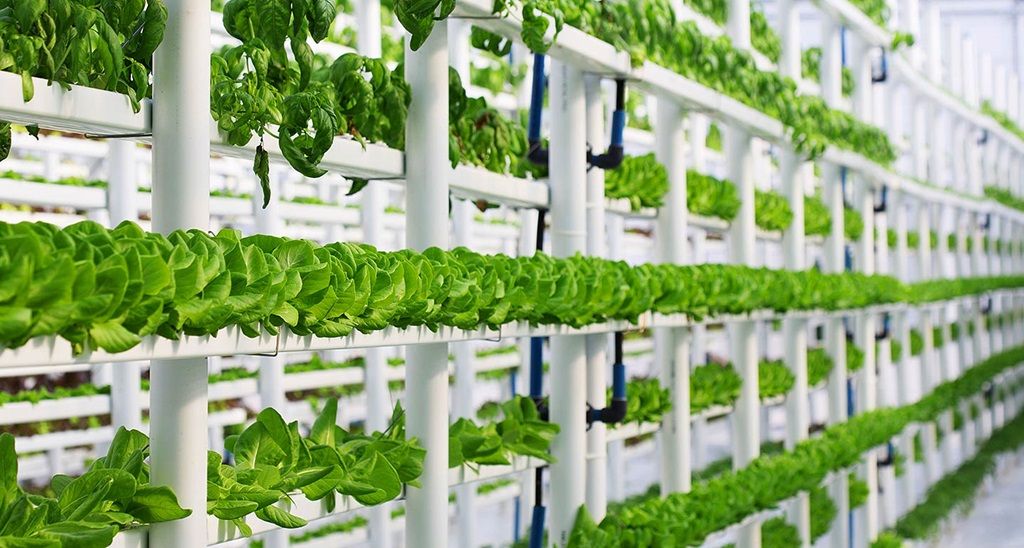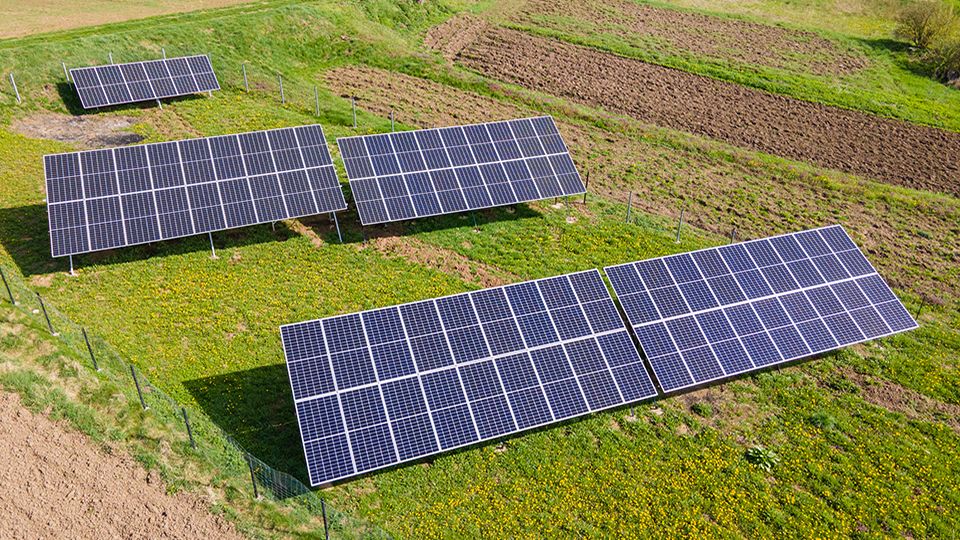As the face of agriculture changes to adapt to and tackle threats such as climate change, investors should position themselves for emerging opportunities from the innovation to come, according to Franklin Templeton.
In a paper from the Franklin Templeton Institute, titled, Food innovation: Investing to feed our future, the firm said developments in food and agricultural technology will be necessary to boost agricultural productivity and the nutritional value of food, while also reducing the negative impacts of agriculture on the planet.
“Over the coming decades, investors, asset managers and researchers will be increasingly focused on the challenge of feeding a growing global population in the midst of climate change, geopolitical shocks and uncertainty,” said Anne Simpson, global head of sustainability at Franklin Templeton.
In turn, the future of food, including the innovation and technology that will be needed to safely produce and distribute the food we need, will impact global investors across asset classes.
Positive impact for all
The opportunity across asset classes will come from the fact that the necessary innovations in the food industry must be financed.
“Whether it be funding for improving traditional farmers’ production, the move to high-efficiency indoor agriculture, start-ups developing alternative proteins, or helping companies build supply-chain resilience, all will require large capital inputs from equity, fixed income and private markets,” explained Stephen H Dover, chief market strategist and head of the Franklin Templeton Institute.
In equities alone, food makes up $4.9trn, or around 4%, of global market capitalisation. Further, it is critical that carbon trading and carbon markets also developed as soon as possible.
As part of this, investing in innovation to help reduce negative externalities will make it necessary for investors to more effectively measure and price environmental impact, believes Dover.
“The economic value of natural systems and the risks to these systems’ further degradation must be accounted for in asset pricing.”
He added half of global GDP has significant risk exposure to changes in nature. “It is estimated that this transition will generate $10trn in additional business revenue and cost savings and over 395 million jobs by 2030, of which $3.6trn and 191 million jobs are directly related to changing the food system.”
Allocating to natural capital
These trends also create the potential for natural capital to play a key role in sustainable food systems.
In particular, finance – and especially the banking sector – has a key role to play in managing and mitigating the impact of the food supply chain on biodiversity and climate change.
“Banks that are leading this process will both seize the potential opportunity as well as effectively manage the potential risks associated with the sector,” explained David Sheasby, head of stewardship and ESG at Martin Currie.
He points to frameworks such as Task Force on Climate-Related Financial Disclosure, which is focused on climate, and the emerging Task Force on Nature-related Financial Disclosure, focused on natural capital. They will collectively increase transparency in practices and impact, and consequently increase investor scrutiny on the sector.
The Principles of Responsible Banking guidance on biodiversity target-setting also provides a strong starting point for how banks can approach this.
“Banks can further incentivise change by setting eligibility criteria that preclude the conversion of forest or ecosystems,” added Sheasby.
“These conditions can be applied retrospectively, by looking at what producers have done and removing eligibility as appropriately, or prospectively, by applying a penalty interest rate once the loan has been received.”
A version of this article first appeared in ESG Clarity sister title Fund Selector Asia.







